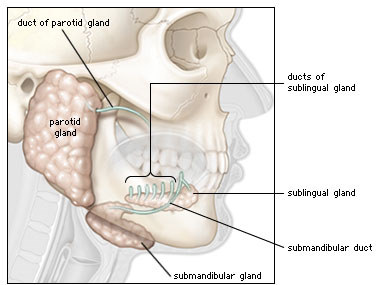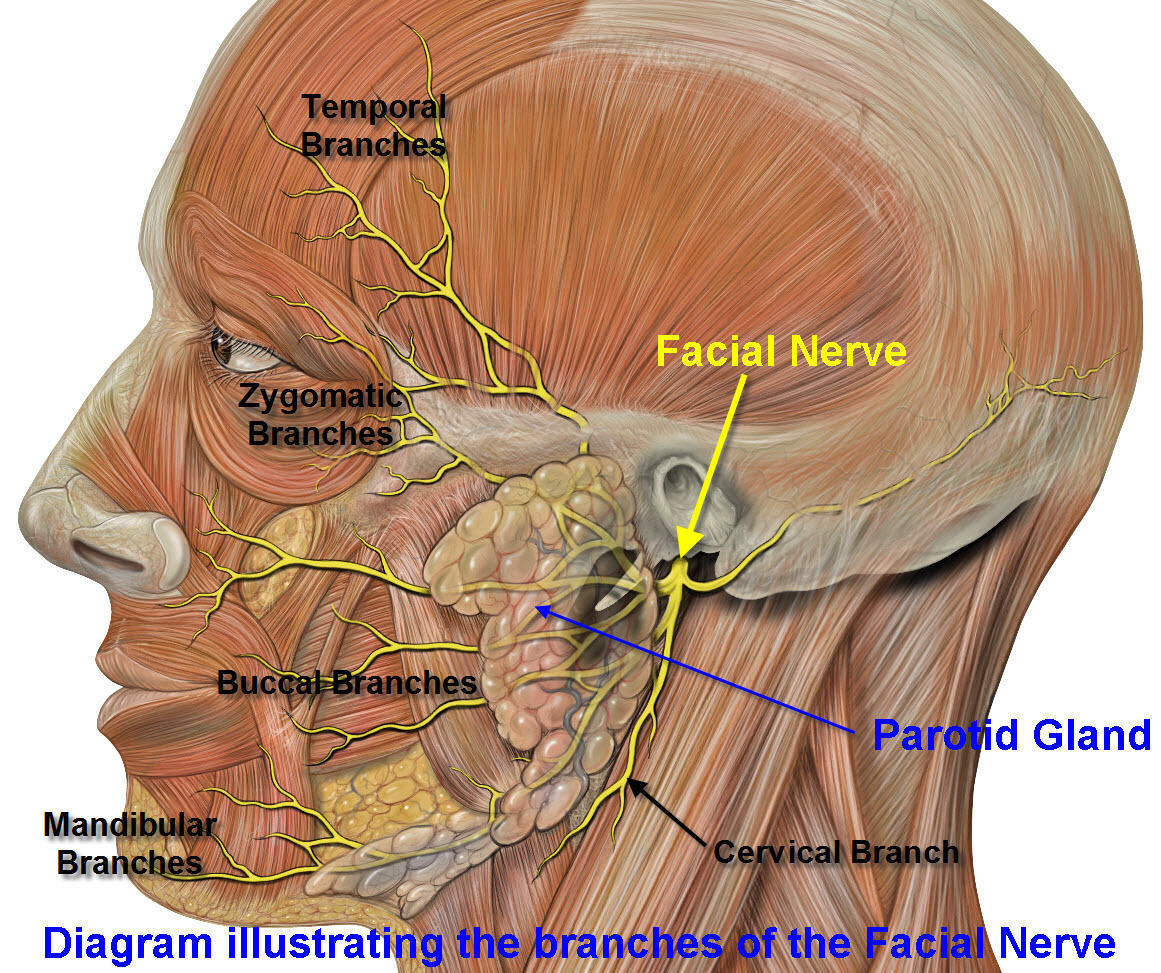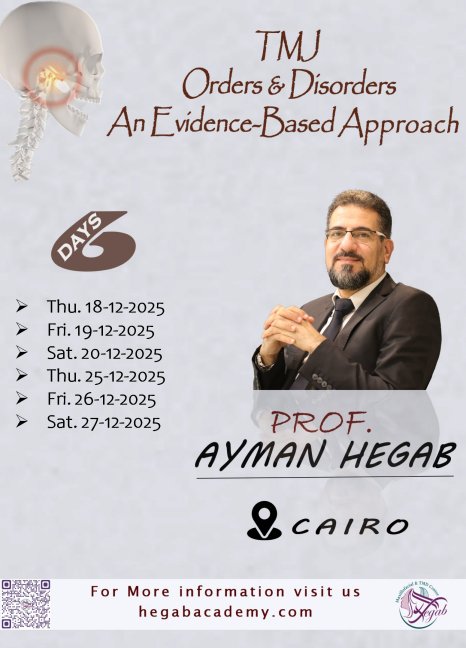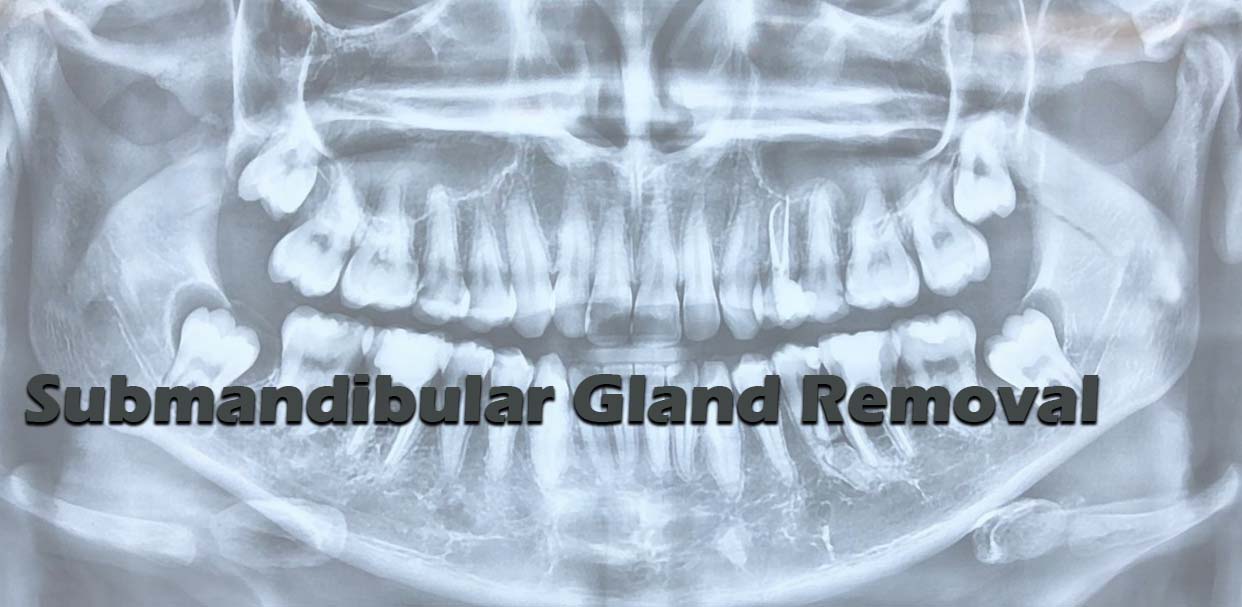What is the Submandibular Gland?
The Submandibular Gland is a salivary gland about the size of a plum that lies immediately below the lower jaw. Saliva drains from it through a tube that opens on the inside of the mouth under the tongue immediately behind the lower front teeth.
The most common reason for removing a Submandibular Gland is as a result of infection that occurs if the tubes that drain saliva become blocked. Blockages usually arise as a result of stones.
The saliva secreted by the Submandibular Gland is a bit thicker than that produced by other salivary glands. Due to its thickness, this saliva can sometimes form little stones in the salivary glands and their ducts similar to those that form in the kidneys. Other indications for surgery include benign “lumps”, such as pleomorphic adenomata.

What does the operation involve?
The Submandibular Gland is removed under a general an?sthesia. A cut around two inches long is made in the upper part of the neck just below the lower jaw.
The gland is dissected away from the surrounding muscles, vessels and nerves. Once the gland has been removed the incision is held together again with stitches. These usually need to be removed around a week after surgery. At the end of the operation a small tube is also placed through the skin into the underlying wound to drain any blood which may collect. This is usually removed on the morning following surgery.
If your gland is being removed because of infection that is caused by a stone it may also be necessary to make a cut inside the mouth to remove that stone.
How long will the operation take?
The length of time partly depends upon the degree of difficulty, the size of the gland, (the nature of the “lump”) and how scarred down to surrounding tissues the gland is. In an uncomplicated procedure, it can take approximately 45 minutes to remove the Submandibular Gland.
Do I need any time off work?
It is usually advisable to take 1 week off from work to recover from the surgery. During this time, you should avoid strenuous activity.
Is there anything that I need to do when I get home?
It is important to keep the wound dry for the first week following surgery. This obviously means you need to take care when washing or shaving.
What can I expect after the operation?
You usually need a night in hospital following the surgery. It is unlikely to be very sore but regular painkillers will be arranged for you. There is relatively little swelling following submandibular gland removal. The removal of one submandibular gland will not have an impact on the amount of saliva that you produce. There are many other salivary glands left in and around the mouth that will still keep it moist.
Will I have a scar?
All cuts made through the skin leave a scar but the majority of these fade with time and are difficult to see when they are fully healed. It may take several months for your scar to fade but eventually it should blend into the natural folds and contours of your face.
What are the possible problems?
The medico-legal landscape of consent has been shaped by a number of cases, such as Chester v Afshar [2004], Montgomery v Lanarkshire Health Board [2015], Duce v Worcestershire Acute Hospitals NHS Trust [2018] amongst others, so that it is more patient-centred.
Many of the legal claims in surgical (& medical) cases occur as a result of “failure to warn”, i.e. lack of adequately documented and appropriate consent.
A pre-requisite for obtaining consent for a surgical (medical / dental) procedure from a patient, is a full exchange of information regarding any risks, drawbacks and limitations of the proposed treatment and any alternatives to it (even non-treatment).
The clinicians should provide the patient with as much information as is appropriate and relevant, that it should be in terms the patient understands & the risks should be personalised for that individual patient. Also, there should be enough time for the patient to understand the information given and get a second opinion if needs be.

The most pertinent warnings have been included here.
- Infections.
Infection is uncommon but can happen if the Submandibular Gland was badly infected. Wound infection will require antibiotic treatment. Pus collected under the skin may need to be drained.
- Bleeding.
Bleeding is unlikely to be a problem. If it occurs, it usually does so within the first 12 hours of surgery which is why you need to stay in hospital overnight.
- Haematoma.
A blood clot can collect beneath the skin (h?matoma). This occurs in about 5% of patients and it is sometimes necessary to return to the operating theatre and remove the clot and replace the drain.
- Lower Lip Weakness.
The Facial Nerve passes under the chin close to the Submandibular Gland. It makes the lower lip move. If it is damaged during the surgery, it can lead to a weakness of the lower lip, resulting in a slightly crooked smile. In most cases, the Facial Nerve works normally after the surgery however in some cases, weakness of the lower lip can occur, particularly when the gland is badly inflamed or if the Facial Nerve is stuck to a lump. This weakness is usually temporary and can last for 6 – 12 weeks. Occasionally, there is a permanent weakness of the lower lip following this surgery.
- Numbness around the Operation Scar.
The skin around the wound may be numb after the operation. If that happens, the numbness will usually improve over the next three months.
- Numbness of Tongue
The Lingual Nerve, which gives sensation and taste to one half of the tongue, runs close to the duct of the gland. It very rarely gets injured. However, if the Lingual Nerve is damaged, your tongue may feel numb immediately after the operation. This will usually go and permanent numbness of the tongue is rare.
- Restricted Tongue Movement [link to Hypoglossal Nerve Damage].
The Hypoglossal Nerve is only very rarely bruised. It is a nerve that makes the tongue move. If it were to occur, it is unlikely to produce any noticeable disability.
- Frey’s Syndrome / Gustatory Sweating.
Frey’s Syndrome / Gustatory Sweating is very rare. Some patients find that after this surgery, the skin overlying where the gland was, becomes flushed and sweaty whilst eating. This is because the nerve supply to the gland can re-grow to supply the sweat glands of the overlying skin, instead of the Submandibular Gland. This can usually be treated easily by the application of a roll-on antiperspirant or other simple non-surgical treatments.
- Scar / Keloid.
Although rare in Submandibular Surgery, some patients (those with darker skin) may develop a thick scar (hypertrophic scar) or keloid.
- Recurrence.
Dependent on what was removed, there is always a small chance of recurrence. Hence, the need for regular reviews over several years.
- Amputation / Traumatic Neuroma.
After healing, there is a chance that one of the nerves in the area may have been cut and on healing, be scarred. They are often sensitive or painful on pressure. If particularly painful, these have to be surgically removed.
Will I need further appointments?
A review appointment will be arranged before you leave hospital. We will keep a close eye on you for several months following treatment to make sure that nothing recurs and your symptoms settle.



